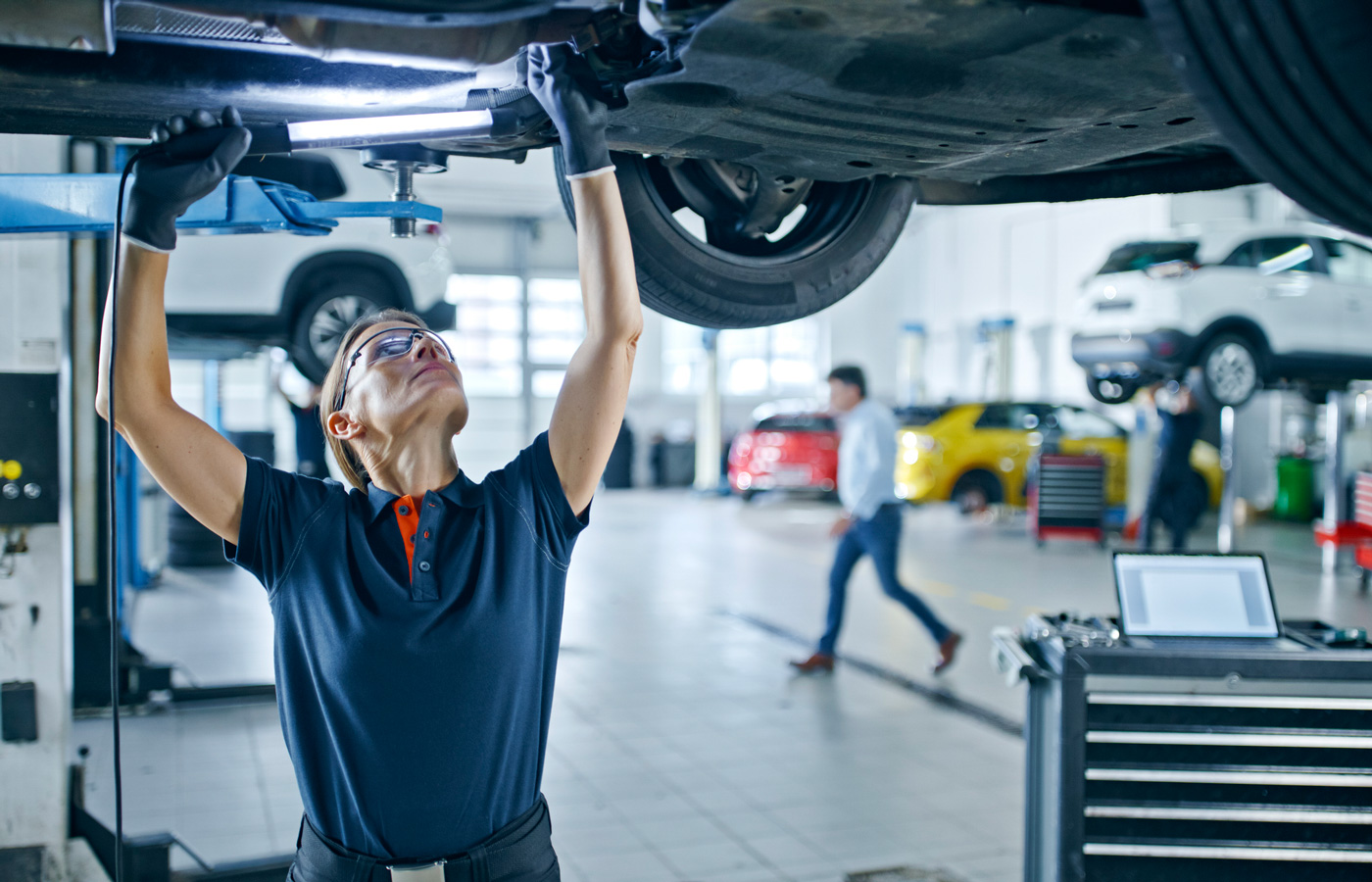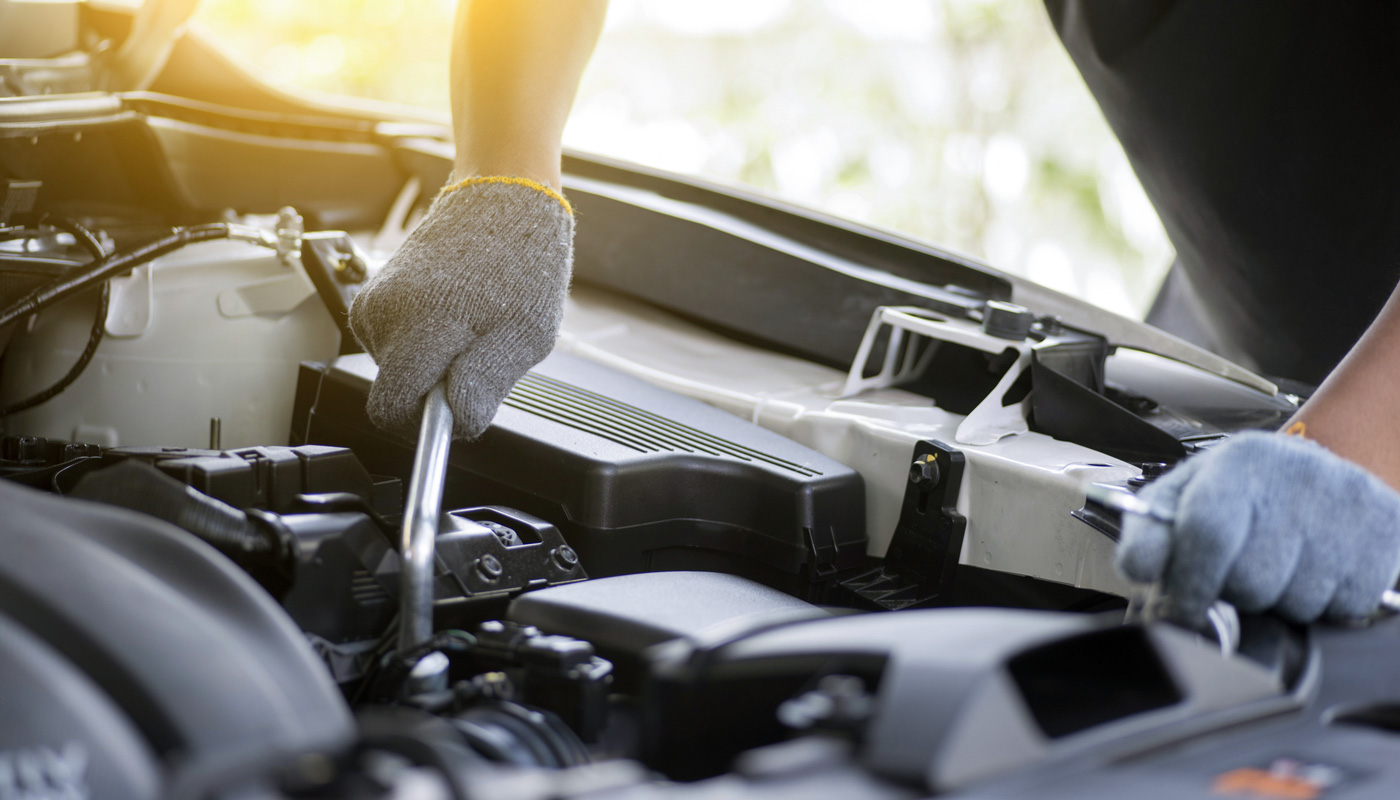What Is a Multi-Point Car Inspection?
Get information on which systems, fluids and equipment are checked during a multi-point car inspection.
 Getty
Getty
Like most people, you probably depend on a personal vehicle to assist you with everyday responsibilities like picking up groceries, dropping the kids off at school, or traveling to and from work.
Today’s vehicles are constructed and equipped with cutting-edge technology for safety, efficiency and comfort. With so many complex moving parts operating simultaneously, there is a possibility for underlying defective or malfunctioning parts and components.
A multi-point vehicle inspection (MPI) is a good way to ensure that your car or truck is ready to drive. This type of inspection will identify faulty equipment and possible points of failure before they result in a full-scale vehicle breakdown.
A true multi-point inspection is a thorough front-to-back review of a vehicle. It is a great opportunity for those who are not mechanically inclined to get to know their vehicle and to begin to plan to replace parts and equipment to ensure that it stays in good working order. It’s also a great way to plan and save money for any potential large vehicle expenses (e.g., tires). These inspections can be conducted at AAA Car Care Centers, AAA Approved Auto Repair facilities, dealerships and independent mechanic shops.
 Getty
Getty
What Is Inspected?
Specific components of a multi-point car inspection may vary by location, but the following items are generally included in this type of thorough evaluation of your vehicle:
- Fluids: Vehicles require a variety of fluids to operate. Engine oil, coolant, brake fluid and power steering fluid should all be clean and filled to the appropriate levels to ensure that a vehicle functions as it is designed. Without these fluids, a vehicle will not start, stay cool, stop or steer properly. Though not essential for operation, wiper fluid will also be checked alongside the others.
- Engine Bay: Drive belts are checked for cracks and looseness. Hoses are scanned for leaks. Air filters are inspected for clogs and debris. A battery’s voltage will be tested to give vehicle owners a benchmark for the battery’s remaining life.
- Safety Elements: The condition of the vehicle’s horn, brake pads and rotors, are all inspected. It is imperative that this equipment is in good working order for both your safety and the safety of other drivers.
- Lights and Signals: These are checked to make sure all bulbs are working properly so that all lights and signals function properly day or night.
- Climate Control: The car’s air conditioning is checked to make sure that it blows cold, and the cabin air filter is inspected for cleanliness. A properly functioning air filter helps ensure that dirty air does not make it into your vehicle by catching dust and debris before it can get through the vents.
- Wipers: Windshield wipers are inspected for defects. Cracked wipers cause streaky windshields, which obscures visibility on rainy days.
- Drivetrain Components: Exhaust systems, driveshaft, U-joints, CV joints, fuel lines, brake lines, transmission and engine performance are all checked during the drivetrain inspection. If your vehicle has a manual transmission, the clutch will also be inspected as part of this process. If your vehicle has either four-wheel or all-wheel drive, it has a transfer case, which will also be checked during this portion of the multi-point inspection. These are some of the most critical components to the vehicle’s overall functionality and performance.
- Suspension: Shocks, struts, springs, tires, ball joints, bushing and alignment are all scrutinized during the suspension check. Failure of any of these components could result in an uncomfortable ride and increased wear and tear on the vehicle.
Some shops provide a courtesy inspection that is not as in-depth as a detailed multi-point. For some, this may be enough, but others may want more information about their vehicle’s health.
There is a cost associated with detailed inspections that varies by shop, vehicle type and labor requirements. To find the best facility for car maintenance, do your research so that you can feel confident that you are leaving your vehicle with a reputable service center. When you drop it off, be sure to ask for a vehicle inspection checklist so that you have a clear understanding of what will and will not be part of the multi-point vehicle inspection.
In today's automotive landscape, the complexity of car technology underscores the importance of proactive maintenance and awareness of potential issues with various components.
 Getty
Getty
How Often Should I Get a Multi-Point Inspection?
These inspections do not need to be conducted on a monthly or even yearly basis. An inspection every two years will help you stay on top of your car’s mechanical needs. However, if your vehicle accrues more mileage than the yearly average, you should consider getting an MPI more regularly.
Other reasons to schedule a multi-point inspection include:
- Buying or Selling a Used Vehicle: A CARFAX can say a lot about a vehicle’s past, but an MPI gives insight into its current condition and lends credibility to its future longevity.
- Planning a Road Trip: By getting your vehicle checked before a long road trip, you have the chance to remedy any potential issues that could keep you from enjoying your epic adventure.
- Seasonal Change: As seasons change, they bring different weather conditions that could be hazardous to drive through. Inspecting your vehicle before summer and winter, in preparation for adverse conditions, could make all the difference in your vehicle’s performance when the going gets rough.
In summary, a multi-point inspection does not include any diagnostic testing. The multi-point inspection helps identify troubled components, but the diagnosis comes with the troubleshooting and labor of technicians to identify the root cause of the symptoms or warning light on a vehicle’s dashboard.
The diagnostic test relies on a computer system that links to the vehicle's computer processor, sensors, and microchips, logging any problems or issues present. It can reveal existing flaws including problems with the exhaust, transmission, oil tank and other systems. And the diagnostic test due to its more complex nature comes with extra costs associated with it. So, it’s important to be aware of those costs upfront to avoid any surprises.
It’s clear that today's vehicles boast advanced technology aimed at safety, efficiency, and comfort. However, the complicated nature of these systems also introduces the potential for defects or malfunctions.
A multi-point vehicle inspection is an important tool in proactively identifying faulty components and potential breakdown points. By conducting such inspections, car and truck owners can be sure their vehicles are road ready.
